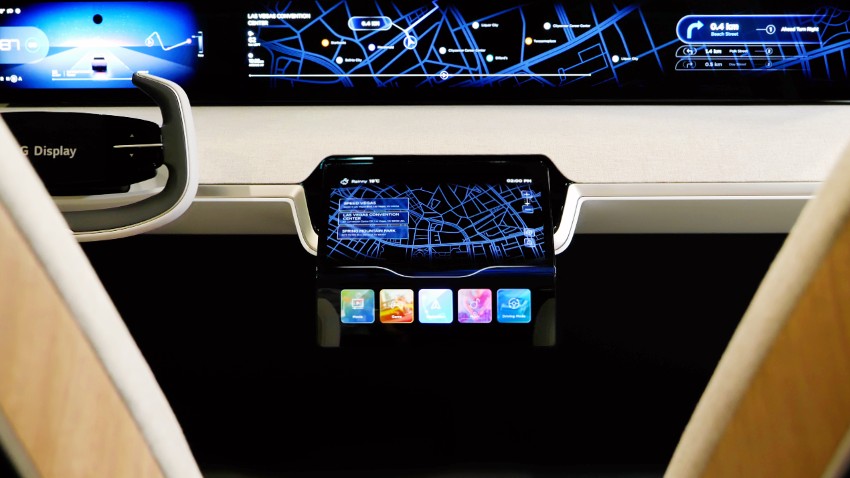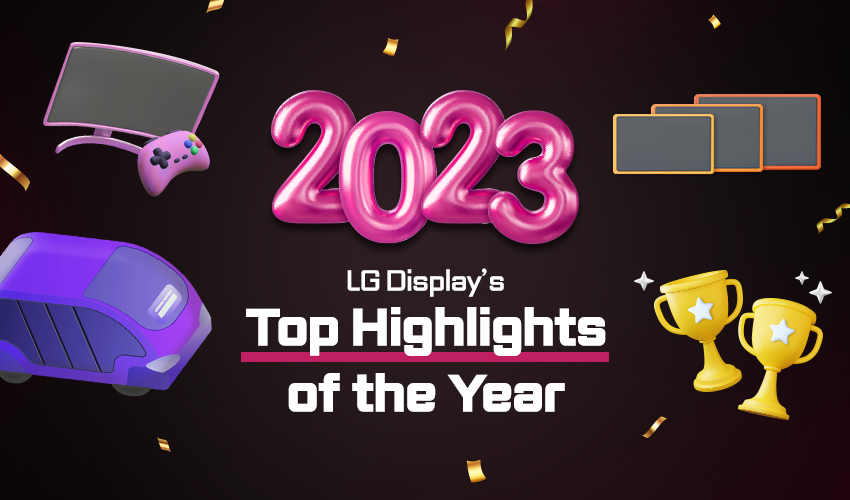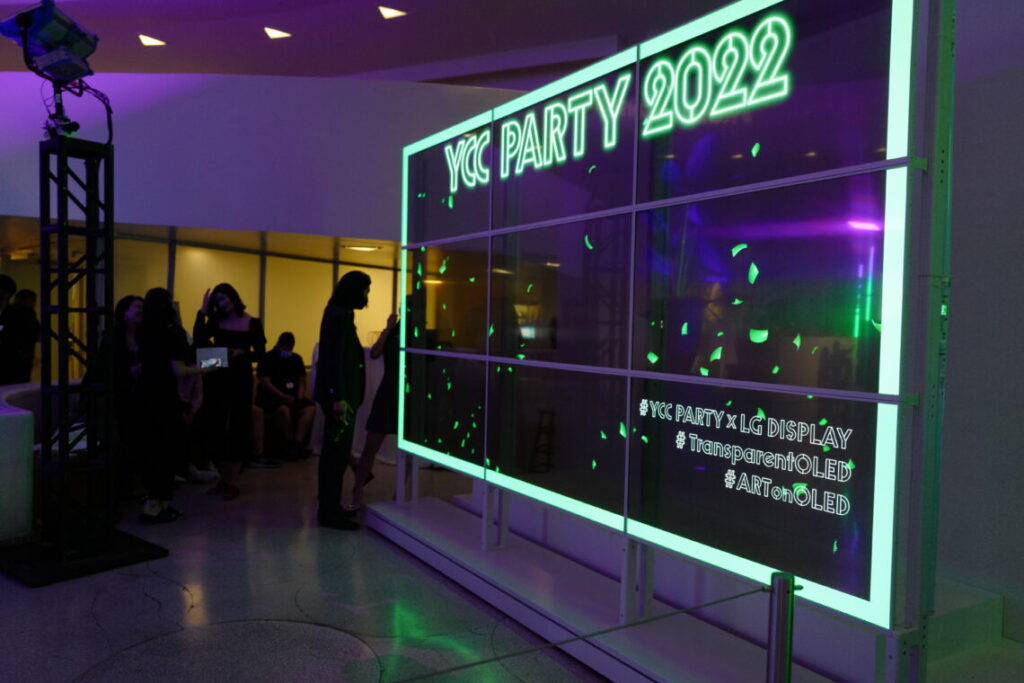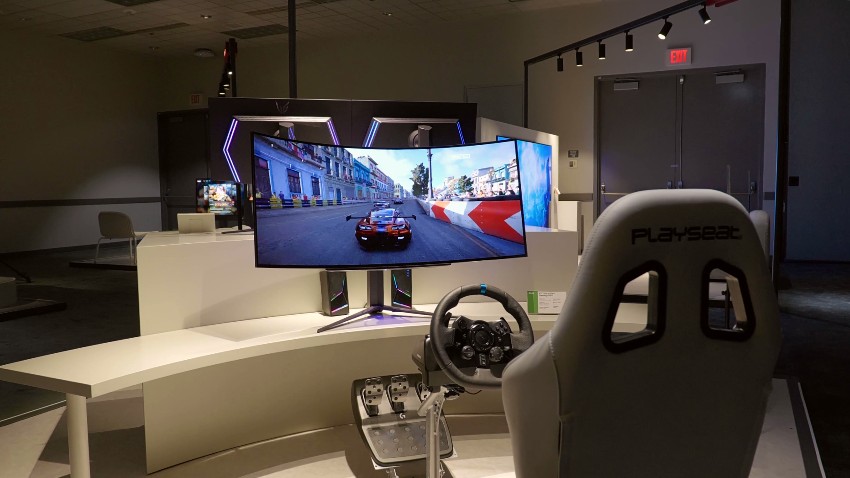By Alex Jensen

Hot on the heels of the continued buzz around electric vehicles (EVs) at the 2023 Chicago Auto Show, another American city is paving the way for EVs with a twist – as driverless taxis are charging towards Los Angeles. It’s a reminder that LG Display’s autonomous concept car displayed at CES 2023 might not be so far off.
The thing is, that concept car I just referred to wasn’t just groundbreaking because it points to a self-driving future, but it also featured the industry’s first 18-inch Slidable Automotive OLED panel – which can hide in the car’s ceiling when needed – as well as a 55-inch Transparent OLED display in place of a window and an expansive 57-inch dashboard screen. This kind of concept might not just change the way we think about cars, it could make you want to be a passenger for life. And it’s clear to me that displays are bound to become even more important to the mobility experience when we’re not having to keep our eyes on the road.
I say “even more important” because infotainment systems are already a significant part of the driving experience, as reflected by their role in head-to-head reviews such as those we saw coming out of the Chicago Auto Show. Industry analysts are viewing displays as a key component in modern EVs, which are “increasingly becoming cutting-edge pieces of technology, loaded with smartphone-like connectivity and infotainment systems.” As the in-vehicle experience looks set to become a greater priority, potentially even incorporating technologies like augmented reality and metaverse, screens will be needed to realize this vision.
We do have numbers to illustrate the trend. According to market research firm Omdia cited by Korean media, the vehicle display market is expected to grow 11% to US$9.6 billion this year thanks to increased demand for ultra-large displays and OLED panels. More specifically, Omdia forecasts that the OLED market for vehicles is in line to leap more than 30% annually.
Touching on that point about “ultra-large” vehicle displays helping to drive the market, it’s interesting that LG Display’s bringing the same kind of diversity of size and form factor to vehicles that we’ve seen in home, office, and commercial settings. The company has led the automotive display market for six consecutive years, as confirmed by the Korean media, and it has done so by impressing with one innovation after another.
What’s also great is that Automotive OLED technology is underpinned by the self-emissive excellence we find in all OLED panels. In vehicles, OLED displays not only provide vivid and accurate image quality, they’re also flexible, lightweight, and consume less power because they don’t require any kind of backlight. LG Display is the only company in the world currently supplying P-OLED, which has been a gamechanger in vehicles because it uses a flexible polymer instead of a glass substrate. LG Display’s Automotive P-OLED displays are great by day or night, being the first of their kind to earn TUV Rheinland’s Eye Comfort Display certification as well as being certified as a High Visibility Automotive OLED product. As the only company currently supplying P-OLED globally, it’s fitting that LG Display is playing the role of bridge from the vehicles of today to those of the near future and beyond, when we can expect to see many more automotive screens of various sizes and form factors.









